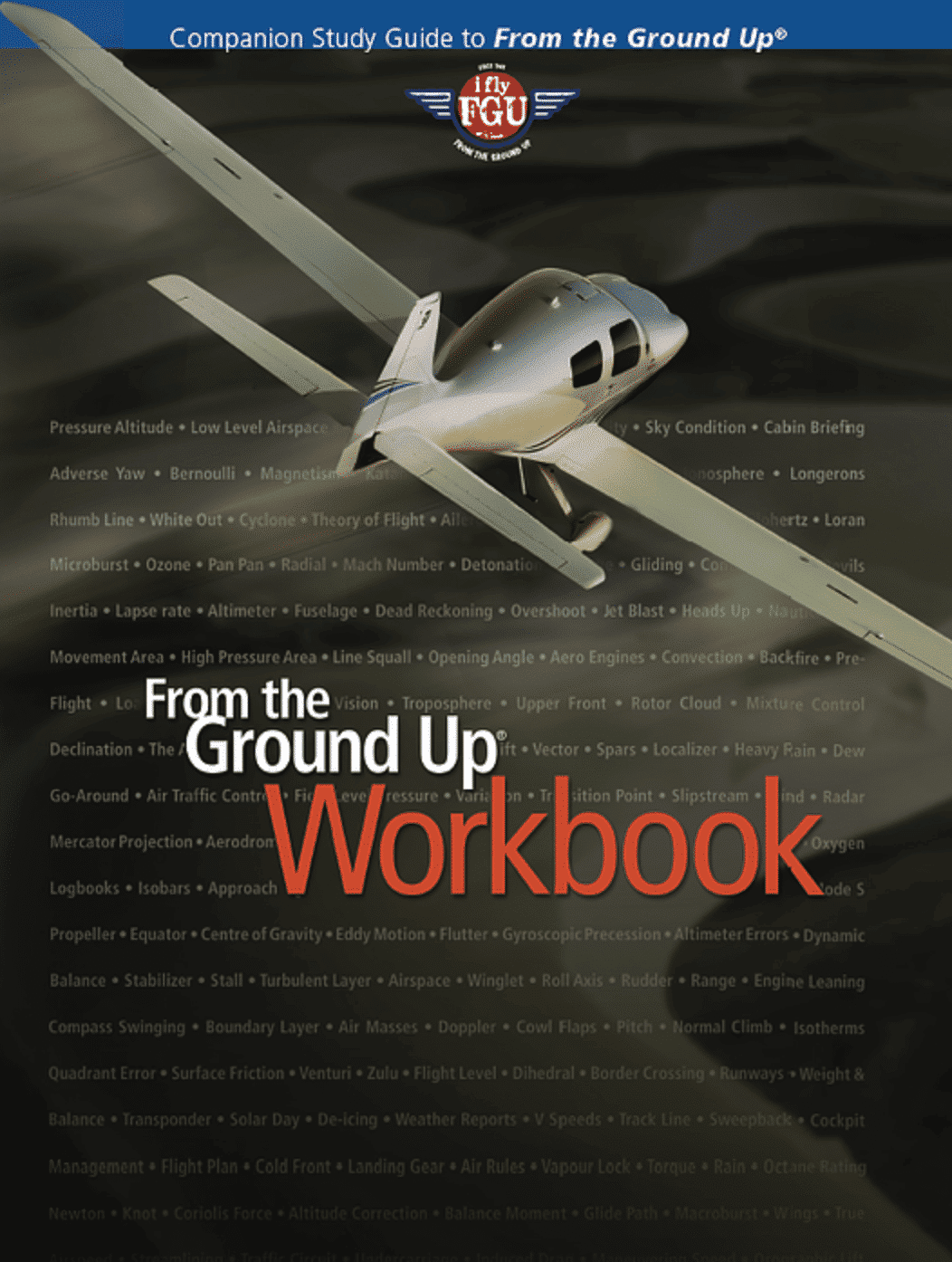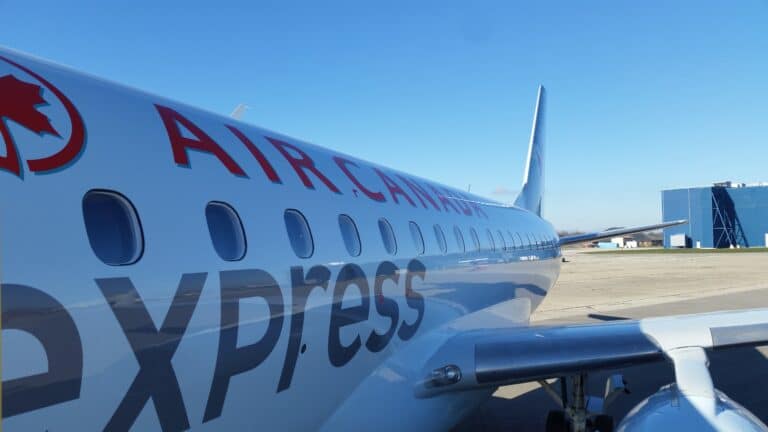4 Realistic Tips to Save Money on Flight Training
Lots of pilots are often faced with the difficult questions of “How can I save money to get my pilot’s license?” or “How can we reduce the cost of flight training?” Join Canadian Flight Trainers as we provide you with a few tips on how to save money on flight training in Canada.
The average cost of a Private pilot license (PPL) is around $15,000 and here is what you can do to lower the cost of your flight training. The key to lowering your expense is striving to achieve the PPL in the minimum amount of time of 45 hours. The average PPL student requires 65 hours of total flight time to achieve their license, these extra hours are required due to non-frequent flying and showing up to fly without thoroughly reviewing the lesson plan.
Here are our top tips every student can use to save money on pilot training.
Tip #1 to Save Money on Flight Training – Use a Reputable Online Ground School
Some online ground schools are boring and don’t actually make any connection to real world flying. With Canadian Flight Trainers, all of our flight instructors are active commercial or airline pilots with real world knowledge and experience. We are able to help you learn by connecting the theory to practical scenarios that you would face as a pilot.
Our ground school goes beyond theory and makes the connections that most flight instructors, and other online ground schools, can’t do.
Tip #2 to Save Money on Flight Training – Fly Often
Student pilots who have large gaps in their training are going to struggle with staying proficient in their previous training. This results in multiple review flights to get back up to speed on the previous lessons and ends up costing more in the long run for your license.
Flying two-three times a week would be an ideal schedule and will save you 5-10 hours or $1250-$2500 by just staying current with your flying. Your schedule should be set up with at least 1 rest day between flying so you can digest the material learned.
This flying commitment can be hard to achieve financially so I recommend saving up at least 75% of the quoted cost before you begin your flight training. Saving beforehand will help prevent your funds from running dry and causing a large gap in training.
Planning a schedule as such will fall in-line with Transport Canada’s curve of remember which states, after 2 days 70% of the material will be remembered and after 7 days 50% of the material will be remembered.
Prior to going flying the previous lesson should be reviewed to refresh the material. Reviewing previous material on this schedule drastically improves the amount of material that you remember. Even when flights are cancelled due to weather conditions this time should be utilized as ground instruction/self-study time.
Tip #3 to Save Money on Flight Training – Come Prepared
A lot of lessons include procedures for how to enter and recover from each flight exercise. Study these procedures at home and have them memorized prior to each lesson. Failure of a procedure will result in a repetition of that lesson until it is corrected. Study material includes the aircraft pilot operating handbook, flight training manual and instructor handouts.
Think of it as learning the contents of the lesson before hand and showing up to the airplane so you can demonstrate what you learned. The airplane is a bad expensive classroom because it is moving fast and constantly changing, this makes trying to learn inside the cockpit difficult. If you are not prepared for the lesson do not go flying. This also means that time spent during the pre-flight briefing must be spent learning and asking tough questions that will clarify the goal of each lesson.
The instructor must also be held accountable for providing study material sufficient to pre-pare the student for the next lesson, this can be done by giving reading homework and procedure handouts. As a student, you can encourage this by asking “What can I do to prepare for the next lesson?” or “Do you have a procedure I can study for our next lesson”?
Being prepared also includes showing up prepared to learn. The student must be ready and excited to learn this lesson, engage in the pre-flight briefing and taking notes on the important points of the lesson. These notes will be used for review prior to flying on the next lesson.
We suggest visiting our blog post on Pilot Supplies for Pilot Training to see how you can come better prepared to your flights, or visit our pilot shop.
Tip #4 to Save Money on Flight Training – Virtual Lessons
Free online ground school virtual lessons have become popular with flight instructors publishing their material online and posting in flight videos of each lesson with different students. Virtual lessons are a great way to expose yourself to the lesson about to be taught ahead of time. You will be able to see where other student have made errors and prevent making these same mistakes.
Every instructor will explain the lesson in a slightly different way and one explanation may stick with you better. An example of this asking 5 instructors how to land an airplane and you will get 5 different answers. This information will prepare you for your next flight lesson and allow you to show up and demonstrate what you have learned. When using online information, it is very important to ensure this information is credible, what you have reviewed must be talked about in the pre-flight briefing with your instructor.
What About Flight School Scholarships?
Pilot scholarships are a great way to reduce the cost of pilot training and learning to fly. The Air Transport Association of Canada has a list of available scholarships here. Additionally, pilots can subscribe to various aviation news sources which often cover available scholarships and pilot jobs in Canada.



keywords: private pilot license Canada
Discover more from Canadian Flight Trainers
Subscribe to get the latest posts sent to your email.






